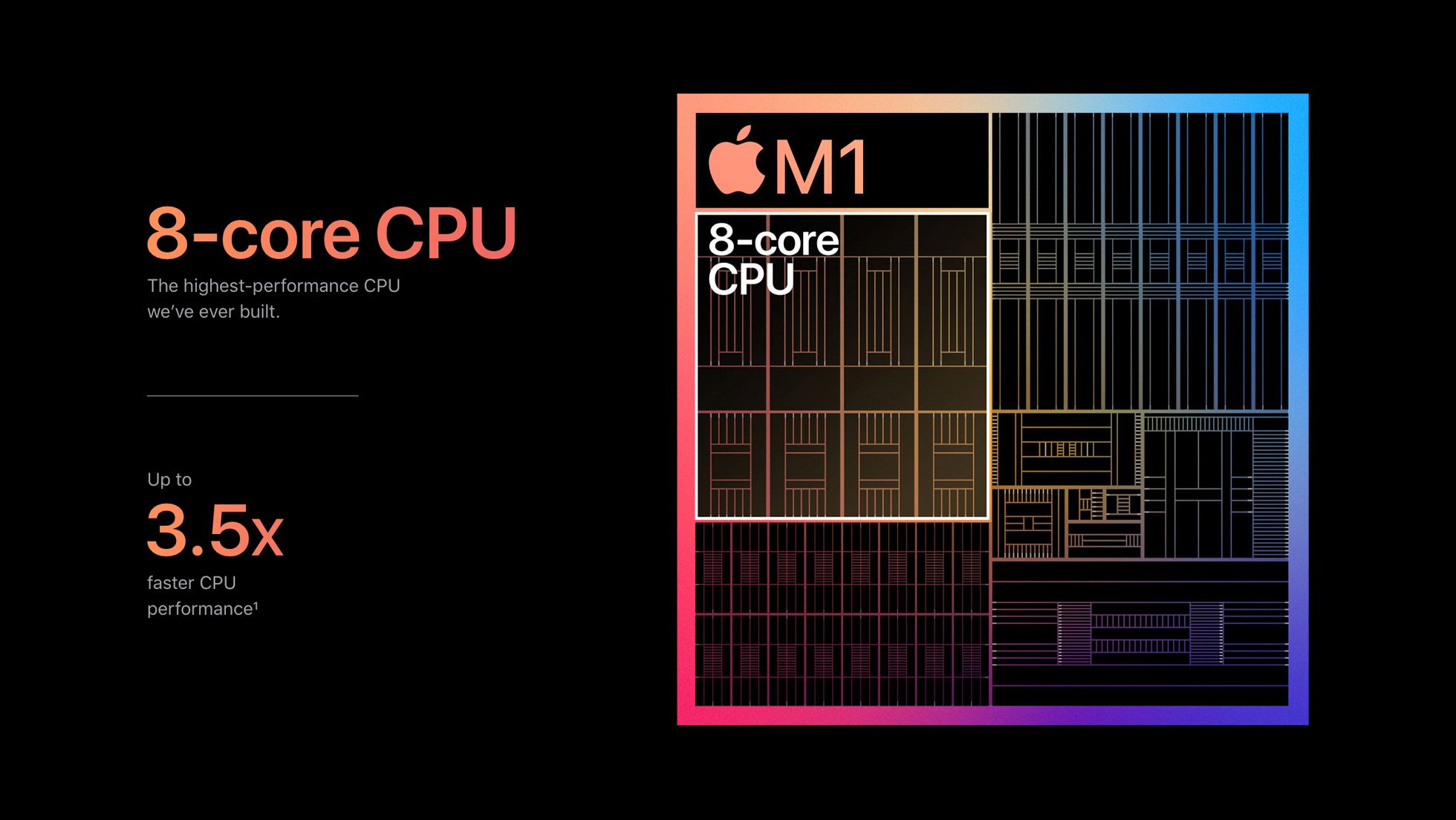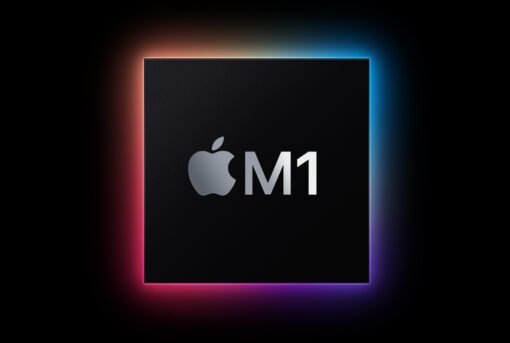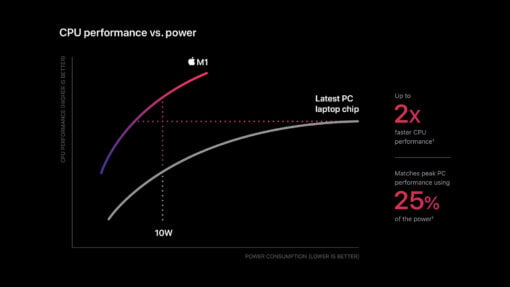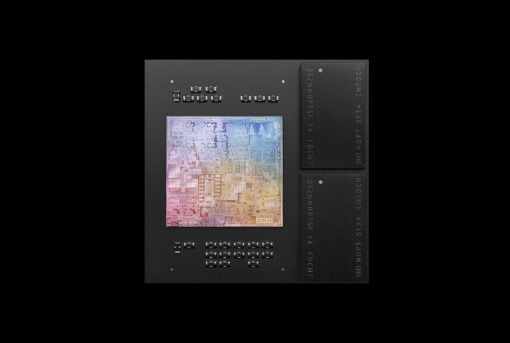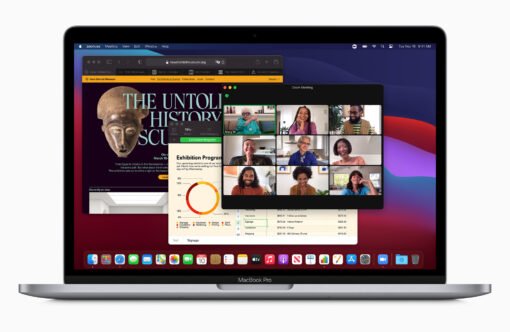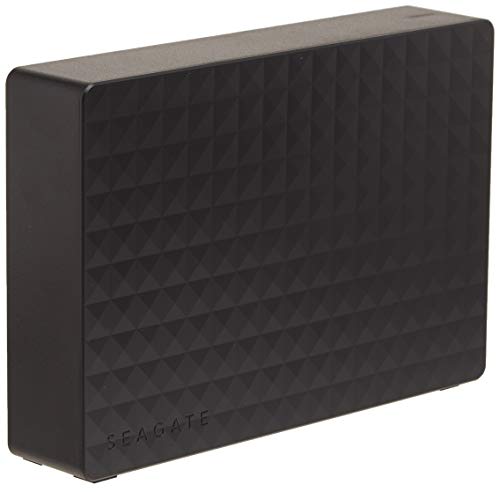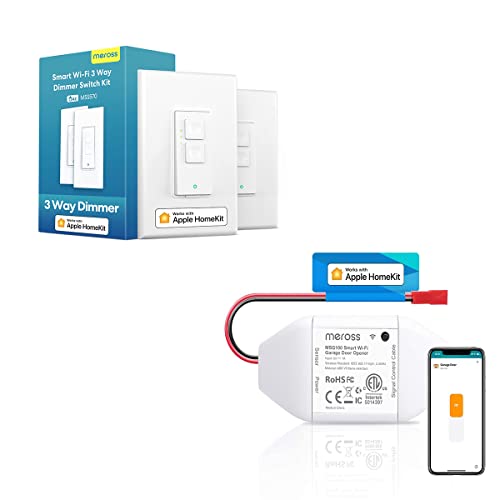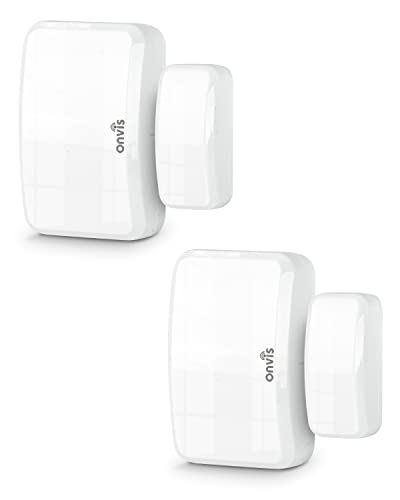The chip called Apple M1, which replaces the Intel processors in Macs, has integrated many functions that were previously found as separate chips on the board, including CPU, T2 security chip, GPU and memory. All this is manufactured in a 5-nanometer process, which promises very low power consumption despite 16 billion transistors.
The chip offers 4 high efficiency cores and 4 high performance cores. Apple states that one core alone is the fastest compared to existing processors. The performance/power ratio is very good and at 10 watts it is almost twice as fast as other processors.
The economy is also achieved by the integrated 8-core GPU. Performance/Power Ratio is also clearly superior to existing PC graphics solutions and is once again the fastest current solution. A neural engine with 16 cores is also integrated.
macOS Big Sur will be the first operating system to run on the ARM Mac (and of course on older Intel Macs). Version 10.15 will be released shortly (November 12th).
Apple promises almost immediate start of programs on ARM Macs. The Unified Memory Architecture, i.e. the merging of previously separate memory areas, brings serious advantages on the M1. Video editing and 3D animations as well as games will be significantly accelerated. The combination of hardware and software, for which Apple is known, should thus be taken to a new level. Video editing, for example, should be up to six times faster.
For everyone else there is Rosetta 2, which simply emulates an older Mac. The technical progress sometimes even brings advantages: some apps can even run faster on an M1 with Rosetta, which means that they can also run faster on an Intel Mac.
The first MacBook with the M1 chip is the MacBook Air, which is said to be up to three and a half times faster, the graphics even up to five times faster. With it you can even edit several 4K Pro Res videos at the same time. The bottom line is that MacBook Air is said to be faster than 98% of laptops sold last year. The SSD is also said to be twice as fast. The MacBook Air is now completely fanless and offers 15 hours of web surfing. Finally there is also a decent webcam picture: Apple uses the computing power of the M1 chip to support the probably not better camera hardware. The price still starts at 999 US-Dollar.
Also the Mac mini will be switched to the new M1 chip from now on. This means that even the small Mac gets a CPU that is up to three times faster than before. The graphics, which was really slow before, is now six times faster. ML Performance is up to fifteen times better. With two USB-A ports, two Thunderbolt ports, one Ethernet and one HDMI, the choice of interfaces is slightly less than before. However, the price now starts at $699, which is $100 less than before.
Also the MacBook Pro now uses the M1 chip – at least in 13″ format. Friends of the larger format will have to be patient a little longer. They should be up to 2.8 times faster than before. Also here the graphics are up to five times faster in comparison. Unlike MacBook Air, which no longer has an active fan, MacBook Pro still has one. This allows long lasting work without having to downclock the M1 processor. 17 hours of web browsing is possible on one battery charge.
